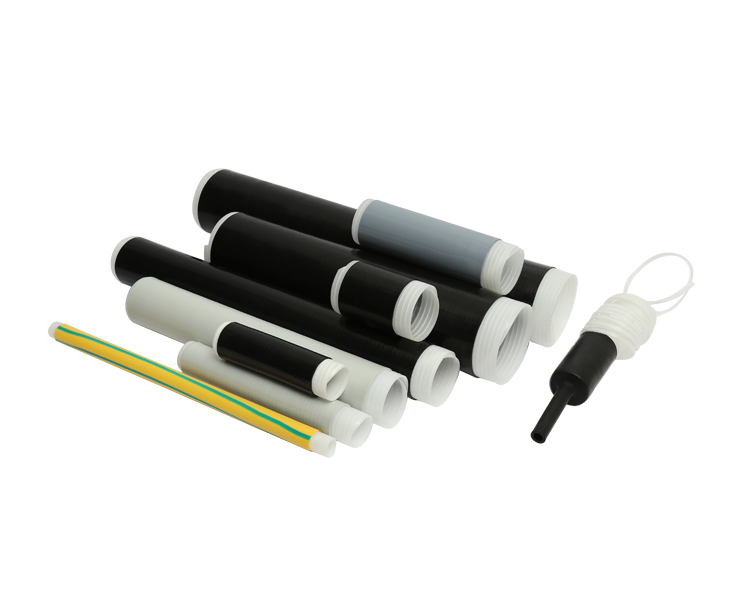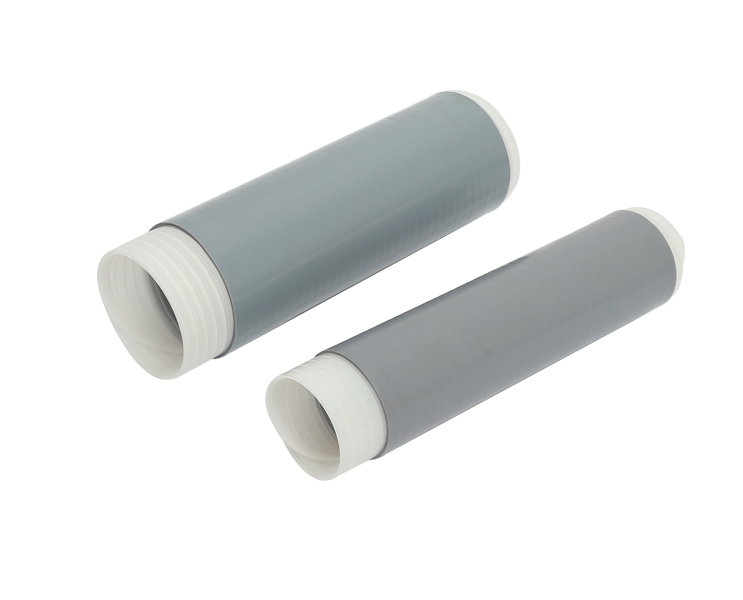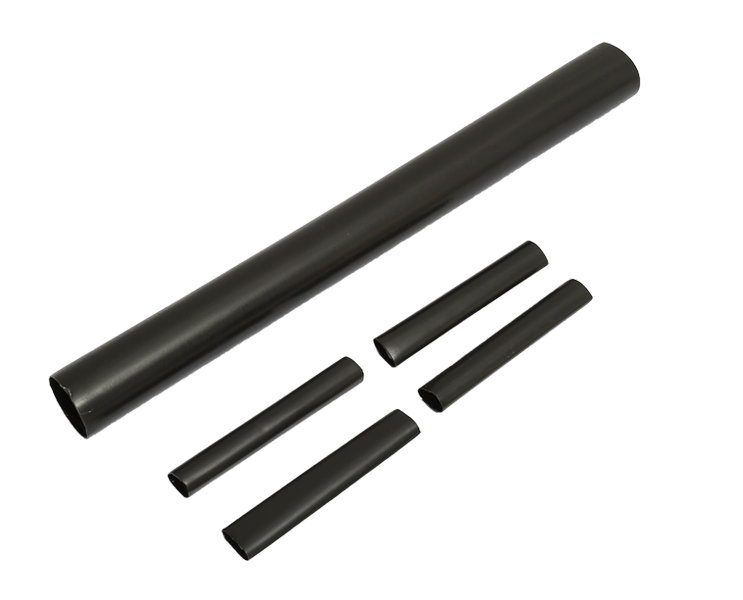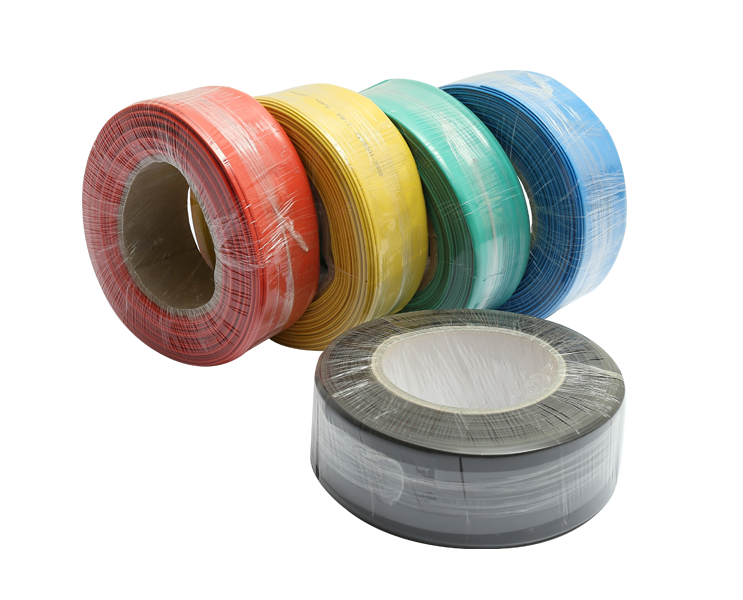Custom Heat Wire Connector Shrink Tube Cable Sleeve Manufacturing Producer
Heat shrink cable sleeves are versatile tubes made of specialized polymer materials. They shrink when exposed to heat, forming a tight seal around cables and wires. These sleeves provide insulation, protection, and organization for cables in various industries and environments. They safeguard against moisture, chemicals, abrasion, and bad temperatures. Available in different sizes, colors, and materials, they cater to diverse cable types and applications. Heat shrink cable sleeves offer ease of installation and maintenance, promoting safety and efficiency in electrical systems. They are essential components in the automotive, aerospace, telecommunications, and construction industries, ensuring reliable performance and longevity of electrical connections.
A heat shrink cable sleeve is a versatile cylindrical tube made from specialized polymers that, when heated, shrink tightly around cables and wires, providing insulation, protection, and organization. Its applications span across diverse sectors, including automotive, telecommunications, aerospace, construction, and more, owing to its remarkable properties and benefits.
One of the primary functions of heat shrink cable sleeves is to provide reliable insulation and protection for cables in challenging environments. These sleeves effectively shield cables from moisture, chemicals, abrasion, and bad temperatures, ensuring the integrity and longevity of electrical systems even in the harshest conditions. Whether it's safeguarding wiring in automotive vehicles exposed to vibrations and heat or protecting communication cables in outdoor installations subject to weather elements, heat shrink cable sleeves offer unparalleled reliability and durability.
Furthermore, heat shrink cable sleeves come in various sizes, colors, and materials to cater to different cable types and environmental requirements. Thin-wall sleeves are ideal for lightweight wiring, while heavy-duty options are suitable for high-voltage applications. Additionally, specialized sleeves with features like flame retardancy, UV resistance, or flexibility are available to meet specific needs, offering versatility and adaptability in diverse applications.
In addition to their protective capabilities, heat shrink cable sleeves streamline the cable management process, facilitating easier installation and maintenance. Unlike traditional methods such as tape or zip ties, which can be messy and time-consuming, heat shrink sleeves offer a cleaner and more professional solution. With the application of heat from a heat gun or similar device, the sleeve conforms tightly to the cable, providing a secure seal without the need for additional adhesives or fasteners.
Moreover, heat shrink cable sleeves contribute to cost-effectiveness and efficiency in electrical installations. While the initial investment may be slightly higher than alternative solutions, the long-term benefits far outweigh the costs. By reducing the risk of cable damage, downtime, and costly repairs, heat shrink sleeves help organizations save money and resources in the long run, ensuring the reliability and safety of their electrical infrastructure.
Another significant advantage of heat shrink cable sleeves is their customization capabilities, allowing for easy identification and organization of cables. Through the use of heat shrink printers or labeling machines, users can add text, symbols, or logos to sleeves, facilitating quick and accurate identification of cables within complex systems. This not only enhances safety but also streamlines troubleshooting and maintenance procedures, saving time and resources.
In conclusion, heat shrink cable sleeves have emerged as indispensable tools in modern electrical engineering, offering unmatched insulation, protection, and organization for cables in diverse applications. Their reliability, versatility, and cost-effectiveness make them a preferred choice for professionals across industries, from automotive manufacturers to telecommunications companies.

 English
English 简体中文
简体中文



